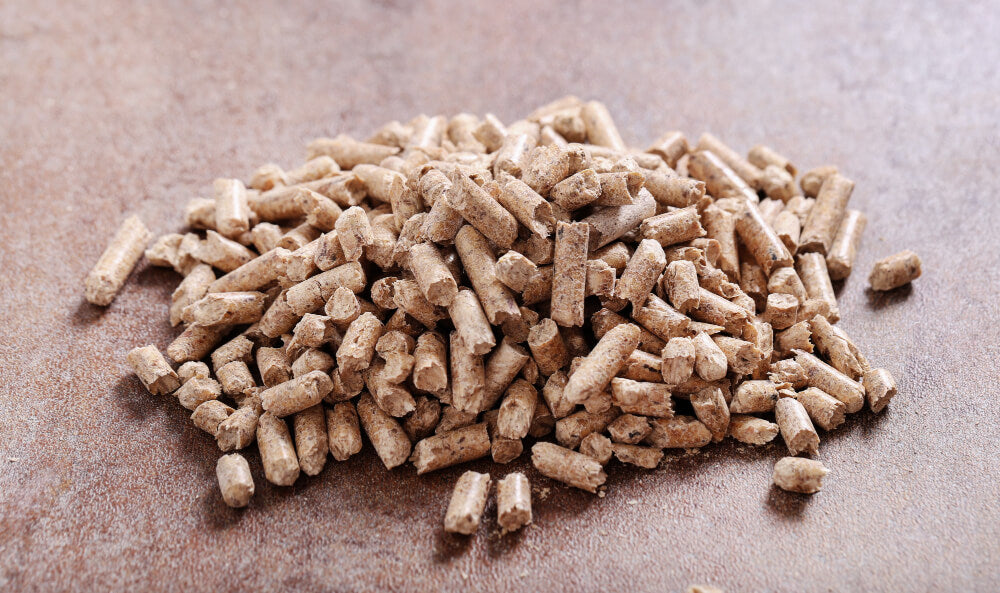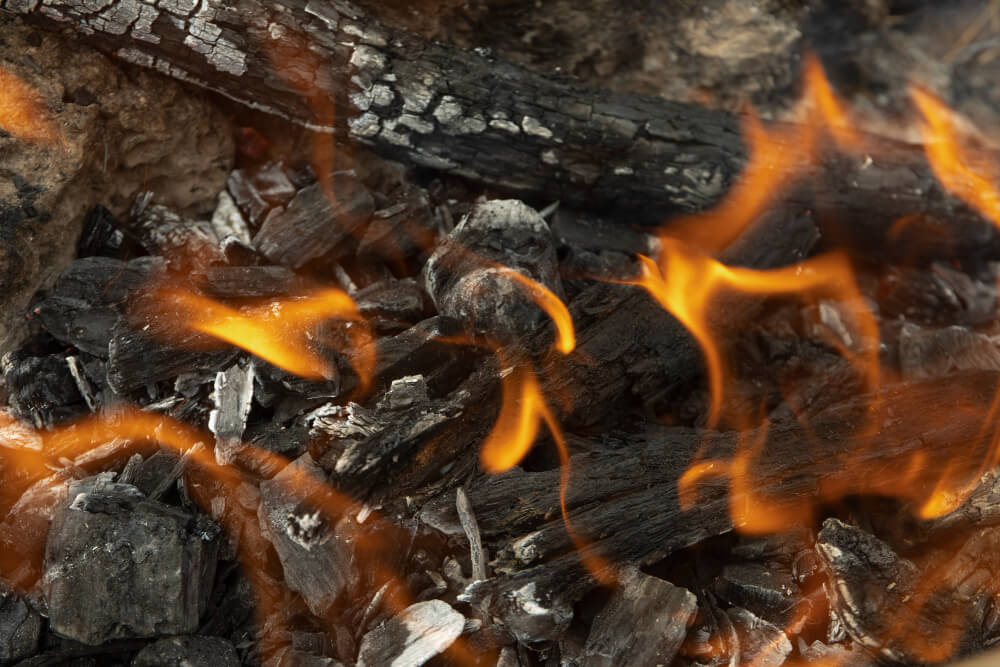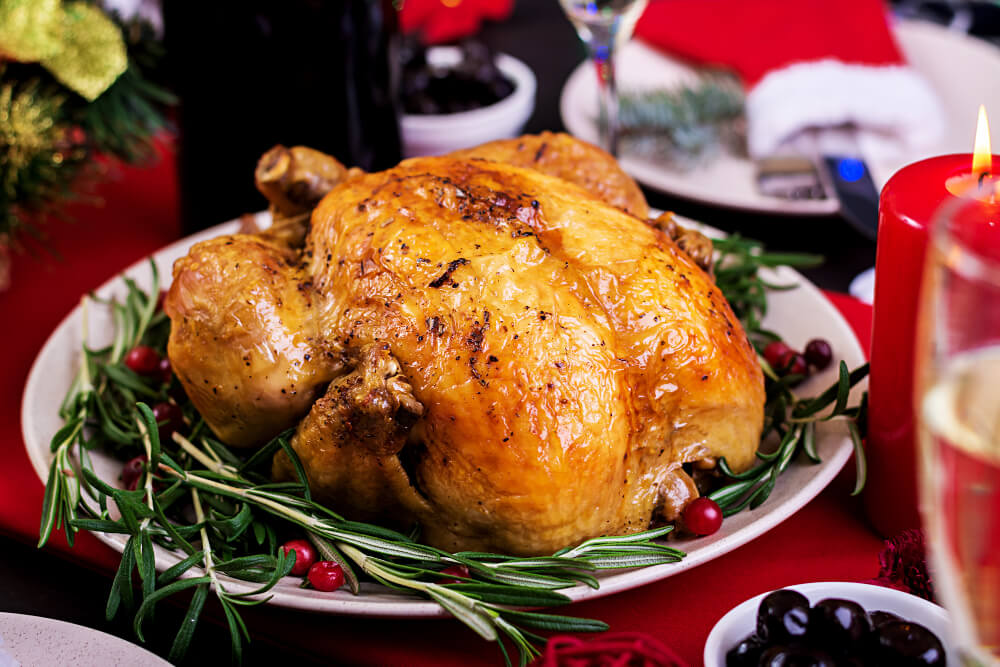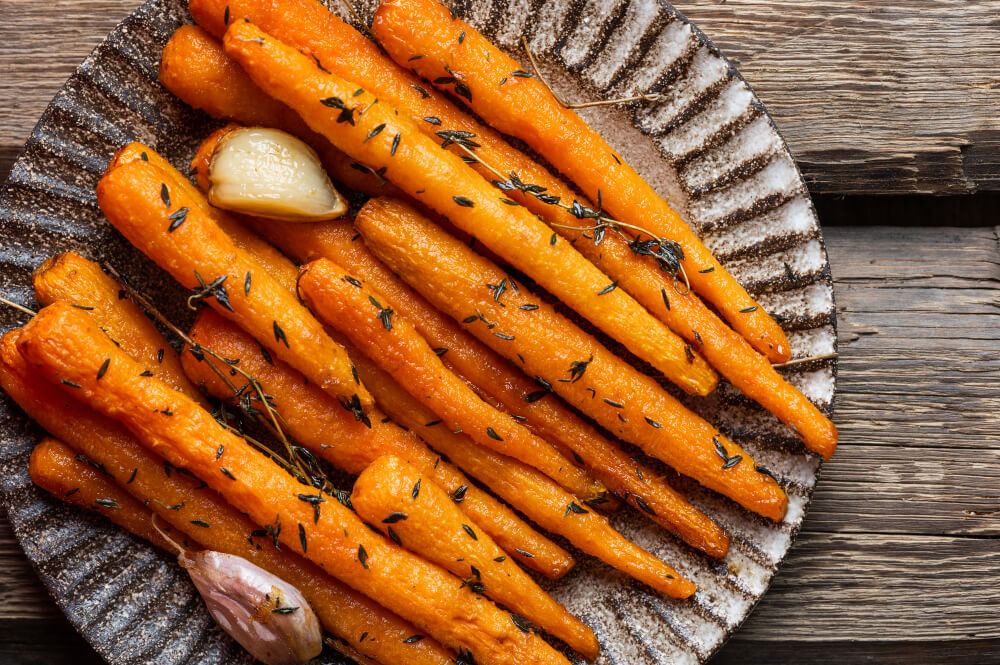
Hey there, curious minds! Are you thinking about switching to pellet fuel for your grill or heating needs? Then you need to know about the best wood pellets out there. But before we dive into that, let's talk about what wood pellets actually are and how they are made.
Essentially, wood pellets are compressed sawdust, with softwood being the most common type used. They are made by grinding up sawdust, drying it out, and then compressing it into small, dense pellets. When burned, they produce minimal ash and pack a powerful punch - just one pound of wood pellets can burn for hours.
Stick around to learn all about this efficient and eco-friendly fuel source!
How Are Wood Pellets Made?
Making quality wood pellets is a multi-step process that involves selecting the right type of wood and using specialized equipment to transform it into compact, energy-dense pellets. While softwood is typically the most common type of wood used in pellet production due to its low cost, hardwood pellets are also available and can produce a hotter burn.
- The first step is to ensure that the wood is properly dried and screened to remove any impurities.
- Once the wood is ready, it's ground into sawdust and then fed into a pellet mill where it's compressed under high pressure and temperature, activating the lignin in the wood to act as a natural binder.
- The resulting pellets are then cooled, screened, and packed for distribution.
When purchasing wood pellets, it's important to choose the best pellets for your specific needs. Factors like season, manufacturer, and heat output can all impact the performance of your wood stove or grill.
High-quality pellets will typically produce less ash and provide consistent heat output, while lower quality pellets may burn unevenly and produce excess ash. Wood pellets can also be used to supplement other fuel sources, like coal or oil, to reduce emissions and lower heating costs.
Whether you're using them for heating your home or cooking up a storm on the grill, quality wood pellets can provide a sustainable and efficient fuel option.
Applications of Wood Pellets
Wood pellets are a versatile and sustainable fuel source that can be used for both industrial and domestic applications.When burning pellets in a pellet stove, it's important to be mindful of the moisture content and blend of the pellets you're using.
Not all pellet brands are created equal, and the moisture content and composition of the pellets can vary significantly from brand to brand. Pellets made from softwood can produce more dust and chips than hardwood pellets.
Many people in colder climates worldwide rely on wood pellet boilers or stoves to heat their homes. Today's modern boilers are highly automated, requiring no human operator or maintenance beyond loading a season's worth of pellets, pressing a button to start the system, and removing the ash six months later.
Stoves are more common in North America, where pellets are simply fed by hand into the stove's hopper and continuously burned to create an efficient, even heat source.
Wood pellets are also used in industrial applications as a low-carbon alternative to coal for electricity generation. Pellets are ground into dust and chips, and the resulting mixture is fed continuously to a flame that creates steam to generate electricity.
Particulate emissions from modern pellet heating equipment are similar to, and in some cases lower than, conventional fossil fuel boilers and furnaces, making wood pellets a more sustainable and environmentally friendly option for both domestic and industrial use.
Is It Cheaper To Burn Wood or Pellets?

While pellets are slightly more expensive per year compared to wood, they do have a longer burn time. The Department of Energy estimates that the cost for a cord of wood or a ton of pellets is around $190, making them relatively comparable in cost.
However, the overall cost may vary depending on your location, availability of wood or pellets, and the efficiency of your stove or heating system.
What are the Disadvantages of Wood Pellets?
While wood pellets offer a renewable and sustainable alternative to fossil fuels, they do have some disadvantages. One of the main drawbacks is that pellet stoves, heating pellets, and smoker pellets rely on electricity to operate some of their components.
While the amount of electricity needed is minimal, this can be problematic in areas without a reliable electrical supply or during power outages.
Additionally, softwood pellets and stove pellets made from sawdust and wood chips may produce more ash than hardwood pellets made from pure wood fuel, such as hickory. It's important to consider all of these factors before deciding to use wood pellets as a heating source.
How to Store Your Wood Pellets
When it comes to storing wood pellets, there are a few things to keep in mind to ensure they remain in good condition for use. Here are some tips and ideas:
-
Keep them dry: Moisture is the enemy of wood pellets. They can easily absorb moisture from the air, which can cause them to break down and lose their effectiveness. It's best to storeyour pellets in a dry area, such as a garage or shed. If you're storing them outside, be sure to cover them with a tarp or some other form of shelter.
-
Store in airtightcontainers: Once you've opened a bag of pellets, it's important to keep them in an airtight container to prevent moisture from getting in. You can use a plastic bin with a tight-fitting lid or a metal container to store them.
-
Keep away from wood smoke: If you use wood pellets for smokingmeat, it's best to store those pellets separately from the ones you use for heating. The wood smoke can seep into the heating pellets and affect their quality.
-
Avoid blended pellets: Blended pellets, which are made from a mixture of different types of wood, can be more prone to breaking down and deteriorating. It's best to stick with single-source pellets, such as hickory or oak, for the best results.
-
Use wood-burning stoves: If you've purchased a pellet stove, it's important to use it for its intended purpose. Do not use wood-burning stoves to store your pellets as the stove's heat can cause them to break down and become unusable.
By following these tips, you can ensure that your wood pellets remain in good condition and provide effective heating or smoking.
Tips for Using Wood Pellets for Smoking Meals
Wood pellets are a great choice for smoking meals such as cheese, salmon, and ribs. Here are some tips and information about using wood pellets for smoking:
- Pellets are made from compressed sawdust and other wood materials, and they come in a variety of flavors like oak, hickory, and mesquite.
- They work well in both traditional smokers and newer electric models.
- Pellets can be used in combination with other fuels like charcoal or wood chips for added flavor and smoke.
- The size of the pellet and the amount of moisture they contain can affect how long they last in a smoker and how much smoke they produce.
- Many pellet manufacturers suggest using 1/4 to 1/2 cup of pellets per hour of smoking time, depending on the size of the smoker and the type of food being cooked.
- For a Kamadosmoker, use only 100% natural hardwood pellets, as using other types of pellets can damage the smoker.
- When smoking cheese, it's important to keep the temperature low and to use a milder flavored pellet like oak to avoid overwhelming the cheese with smoke.
- For salmon, a blend of alder and fruitwood pellets works well to add a subtle sweetness to the fish.
- Ribs benefit from a stronger flavor, like hickory or mesquite, and a longer smoking time.
- Wood pellets can last for months if stored in a dry, cool place, making them a convenient and cost-effective option for smoking meals.
Whether you're using an electric smoker or a traditional Kamado grill, wood pellets can add delicious flavor and aroma to your smoked cheese, salmon, ribs, and more. Try experimenting with different flavors and combinations to find your favorite smoking method!
The Bottom Line
In conclusion, wood pellets are a renewable and eco-friendly energy source that is widely used in both domestic and industrial settings. They are made by compressing sawdust and other wood waste into small, cylindrical pellets.
These pellets have a high energy value and are used for heating, cooking, and electricity generation. Additionally, wood chips and pellets can be used in a gas grillto add a smoky flavor to foods such as turkey. With many pellet options available on the market, it's important to choose a high-quality brand for maximum efficiency and safety.



